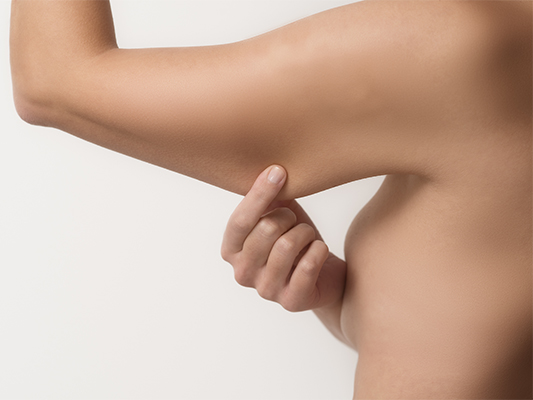Aesthetic medicine offers a wide range of care and treatments that allow the treatment of body problems such as fatty deposits, skin quality, scars, silhouette, and cellulite.
Before beginning any treatment meant for the body, especially a cryolipolysis or Accent Prime treatment, the patient must consult our dermatologist and morphologist.
The objective of this consultation is to establish a complete morphological assessment. This medical diagnosis will make it possible to measure body mass, muscle mass, fat mass and the level of water retention. All of these measurements will allow us to define the most appropriate treatment plan and also to evaluate these parameters during the treatment.
This diagnosis must be customized, precise, objective, and detailed. To assist our team of experts in this examination, Skincare Agency has chosen to equip itself with the latest technology, the InBody 770 scale.


 InBody is the world leader in body composition analysis technology, also known as bioelectrical impedance analysis or BIA.
InBody is the world leader in body composition analysis technology, also known as bioelectrical impedance analysis or BIA. The interest of an InBody diagnosis lies in the objectivity of the analysis of your general health and in particular in the analysis of your weight..
The interest of an InBody diagnosis lies in the objectivity of the analysis of your general health and in particular in the analysis of your weight..













